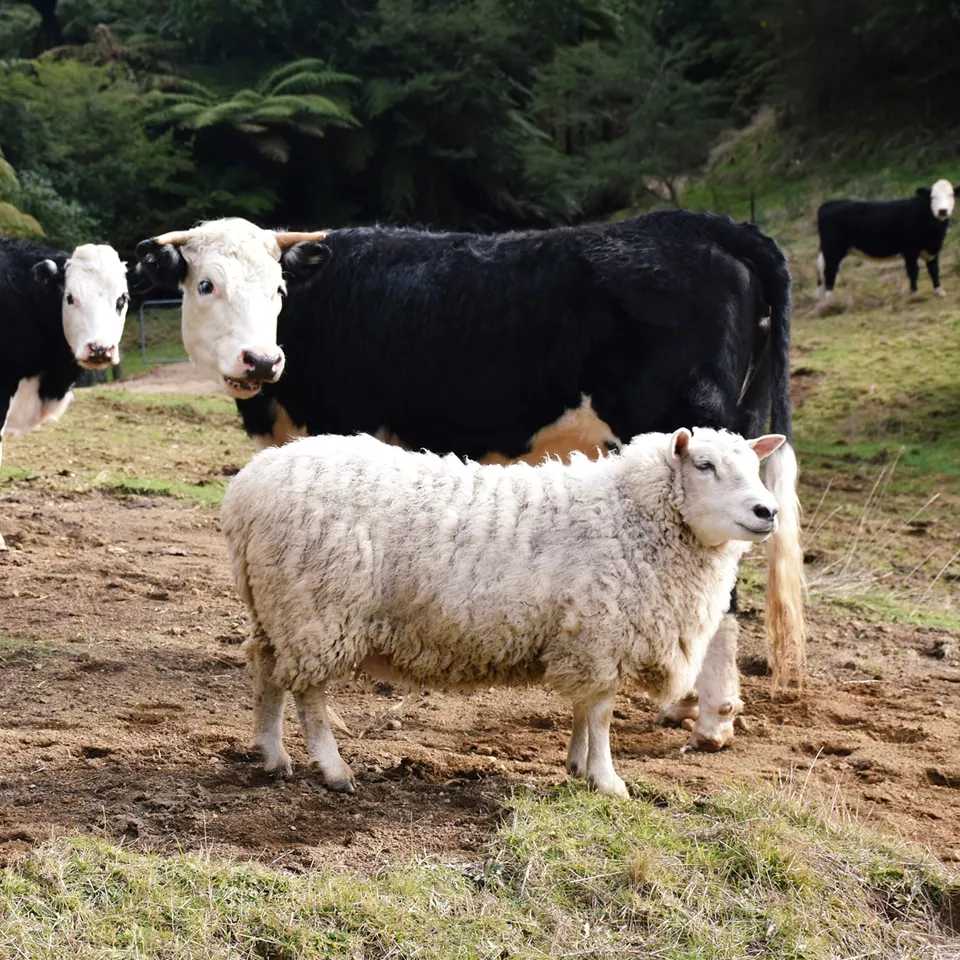Schmallenberg update and testing

Free testing for Schmallenberg virus is available in Scotland.
The situation so far this year:
- There has already been a diagnosis of malformations due to Schmallenberg virus (SBV) in a small flock in Aberdeenshire
- There has been serological evidence of infection of several sheep within the affected outdoor flock
- Three other suspect cases of SBV have tested negative on PCR so far
As the congenital deformities frequently lead to dystocia, practitioners are very likely to see suspect cases, especially in cattle and high value pedigree sheep. Foetal deformities SRUC have seen have included:
- Arthrogryposis (limbs fixed in position) of varying severities, which is usually associated with narrowing of the spinal cord
- Twisting of the vertebral column at various sites which may include the neck
- Small brains including small cerebellum
These deformities can result from other causes such as genetic defects or exposure to other teratogens, therefore an accurate diagnosis is important. Only a quarter of suspect Schmallenberg submissions submitted in 2017 were confirmed as in utero SBV infection (please find article attached).
Please submit suspect cases to your local post mortem centre if possible and SBV testing will be included (PCR, foetal serology and histopathology) where appropriate as part of the standard investigation work up at no extra cost.
If you are unable to submit the whole carcass, please give your local disease surveillance hub a call to discuss the case and we will carry out this specific testing for SBV free of charge for Scottish holdings. A photograph of the affected lamb or calf can also be very useful.
Please collect the following samples:
- Amniotic fluid scrape OR a piece of fresh umbilicus if fluid cannot be obtained (SBV PCR)
- Foetal fluid (foetal SBV antibody)
- Maternal blood sample (SBV serology) if possible
The following are also useful for confirming a diagnosis of SBV malformation and particularly to provide further differential diagnoses when Schmallenberg tests are negative:
- 1cm cube of fresh brain
- Fixed brain and spinal cord (from the cervical cord in cases of forelimb arthrogryposis and/or from the lumbar cord for cases of hindlimb arthrogryposis)
SBV associated malformations can occur when viraemia occurs between day 28 and 56 of pregnancy in sheep and day 80 and 150 in cattle. The active midge period in the UK ended on the 23rd November 2021. While it is not warm enough for newly infected midges to establish a mature (infectious) viral when temperatures drop below twelve degrees Celsius, any midges carrying mature infections from earlier in the season would remain infectious at this time. Housing of animals can increase transmission where infected local populations can maintain themselves in the warmer temperatures and shelter of sheds and polytunnels. We expect that cases could still occur as we get into the main calving and lambing seasons but will be localised and sporadic rather than widespread.
Our expectation is that SBV seroprevalence in the Scottish sheep and cattle populations is low. Excluding the case above, there have been serology submissions from 68 animals from 11 farms, with only one healthy bull testing positive. There is reasonable evidence that SBV antibody can persist for 6 years in cattle and 4 in sheep, so positive serology is not necessarily indicative of recent infection.
Posted by SRUC Veterinary Services on 03/03/2022
